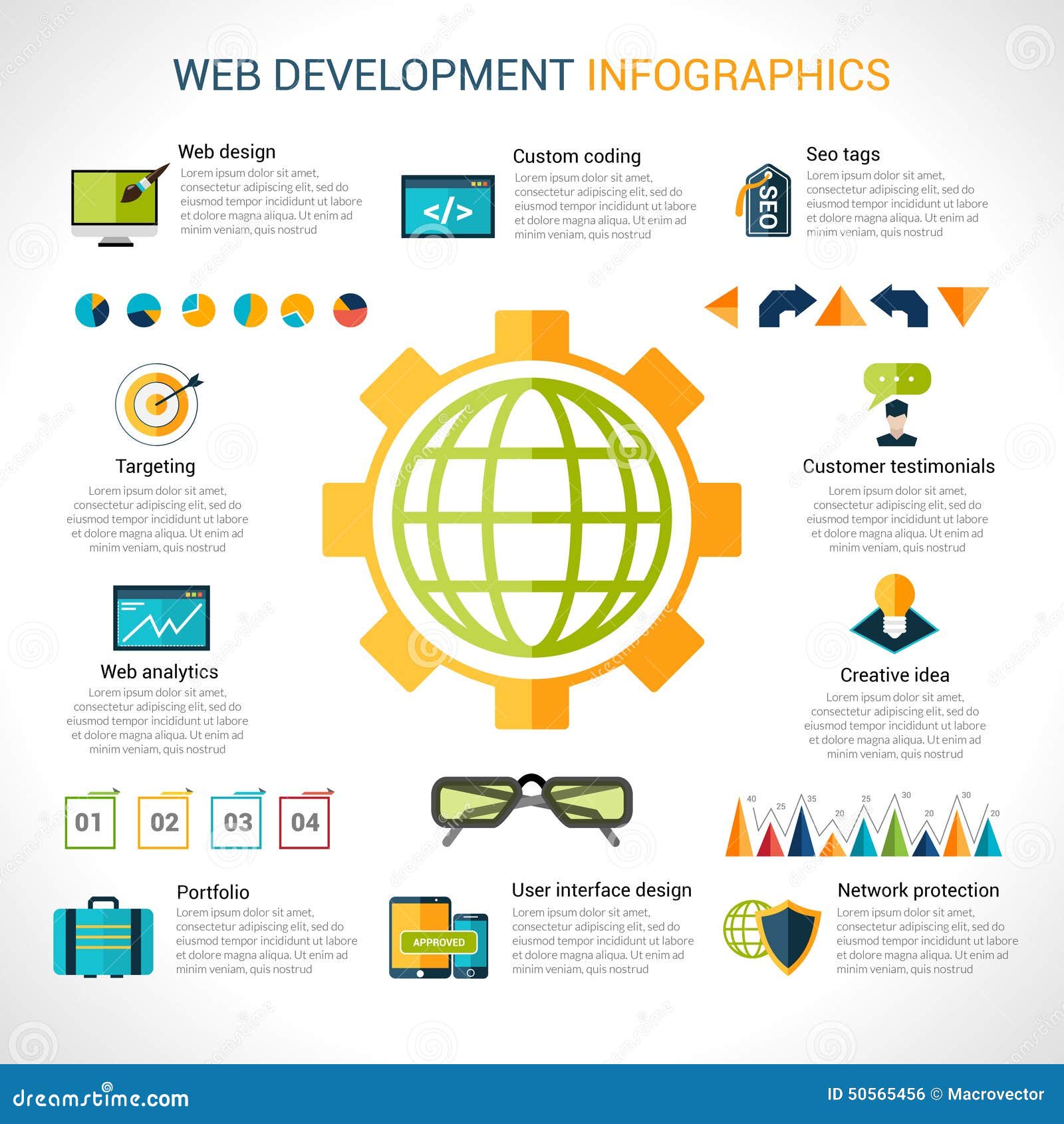The Growth Of Web Design: Then And Currently
The Growth Of Web Design: Then And Currently
Blog Article
Author-Booker Bojesen
In the past, sites were easy and focused on info. Navigating was direct, and style was for desktop computers. Currently, individual experience is vital. Data guides designs for easy navigating. Responsive formats fit different tools. Today, dark setting minimizes stress, and minimal food selections improve navigating. Interactive features engage users, and bold visuals attract attention. AI combination enhances engagement. See how style has progressed to boost your on-line trip.
Early Days of Web Design
In the early days of website design, simplicity reigned supreme. Web sites were standard, with minimal shades, typefaces, and layouts. The emphasis got on giving information as opposed to flashy visuals. Users accessed the internet through sluggish dial-up links, so rate and performance were crucial.
Navigation menus were straightforward, usually situated at the top or side of the page. Websites were made for desktop, as mobile browsing wasn't yet prevalent. Content was king, and designers prioritized easy readability over complex layout components.
HTML was the main coding language utilized, and developers had to work within its restrictions. Animations and interactive functions were marginal compared to today's requirements. Websites were static, with little dynamic web content or personalized individual experiences.
Surge of User-Focused Layout
With the development of web site design, a shift towards user-focused layout concepts has actually come to be increasingly popular. Today, producing sites that prioritize user experience is crucial for involving site visitors and attaining organization goals. User-focused design entails understanding the demands, preferences, and actions of your target audience to tailor the website's format, content, and includes accordingly.
Developers currently perform extensive research, such as customer studies and functionality testing, to collect understandings and responses directly from customers. This data-driven approach assists in creating instinctive navigating, clear calls-to-action, and aesthetically appealing user interfaces that resonate with site visitors. By placing the individual at the facility of the design process, sites can provide an extra tailored and enjoyable experience.
Receptive design has actually also emerged as an essential facet of user-focused style, making sure that sites are enhanced for various tools and screen dimensions. This versatility improves accessibility and usability, accommodating the diverse means customers connect with websites today. Basically, the rise of user-focused design represents a shift in the direction of developing digital experiences that prioritize the requirements and expectations of completion customer.
Modern Trends in Web Design
Discover the most up to date patterns shaping web design today. One popular trend is dark mode design, offering a smooth and contemporary appearance while minimizing eye strain in low-light environments. An additional vital fad is minimalist navigating, streamlining menus and enhancing user experience by concentrating on essential elements. Incorporating micro-interactions, such as computer animated switches or scrolling effects, can create a more engaging and interactive website. Responsive design continues to be critical, ensuring smooth user experiences throughout various devices. Furthermore, making use of bold typography and unbalanced layouts can include aesthetic rate of interest and accentuate particular content.
Integrating AI modern technology, like chatbots for customer assistance or personalized suggestions, boosts customer interaction and improves processes. Ease of access has also become a significant pattern, with developers focusing on comprehensive layout practices to accommodate varied customer requirements. Accepting sustainability by enhancing internet site performance for rate and efficiency is another emerging pattern in website design. Working together with individual responses and data analytics to iterate and enhance design continually is crucial for staying pertinent in the ever-evolving digital landscape. By accepting these modern-day fads, you can create an aesthetically appealing, easy to use site that reverberates with your target market.
Conclusion
As you assess the development of web site style from the very early days to now, you can see exactly how user-focused design has ended up being the driving pressure behind contemporary trends.
Accept the journey of adjustment and adjustment in web design, constantly maintaining the customer experience at the leading edge.
Tippingpointdigital
Keep present with the latest patterns and innovations, and never ever quit evolving your technique to develop visually sensational and straightforward sites.
https://www.forbes.com/sites/forbesbusinesscouncil/2022/06/09/three-digital-marketing-strategies-for-hvac-companies/ , adjust, and develop - the future of website design remains in your hands.
